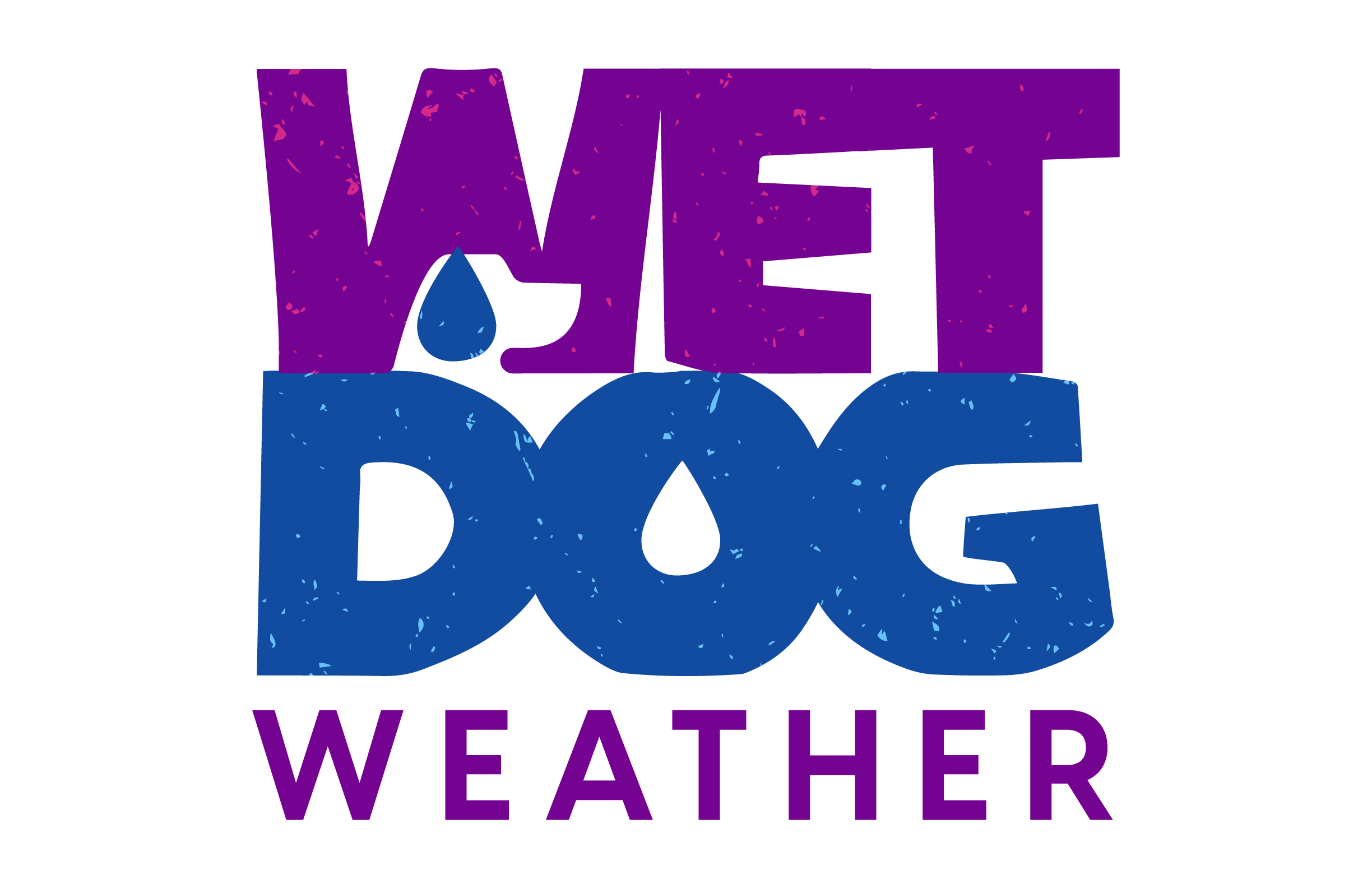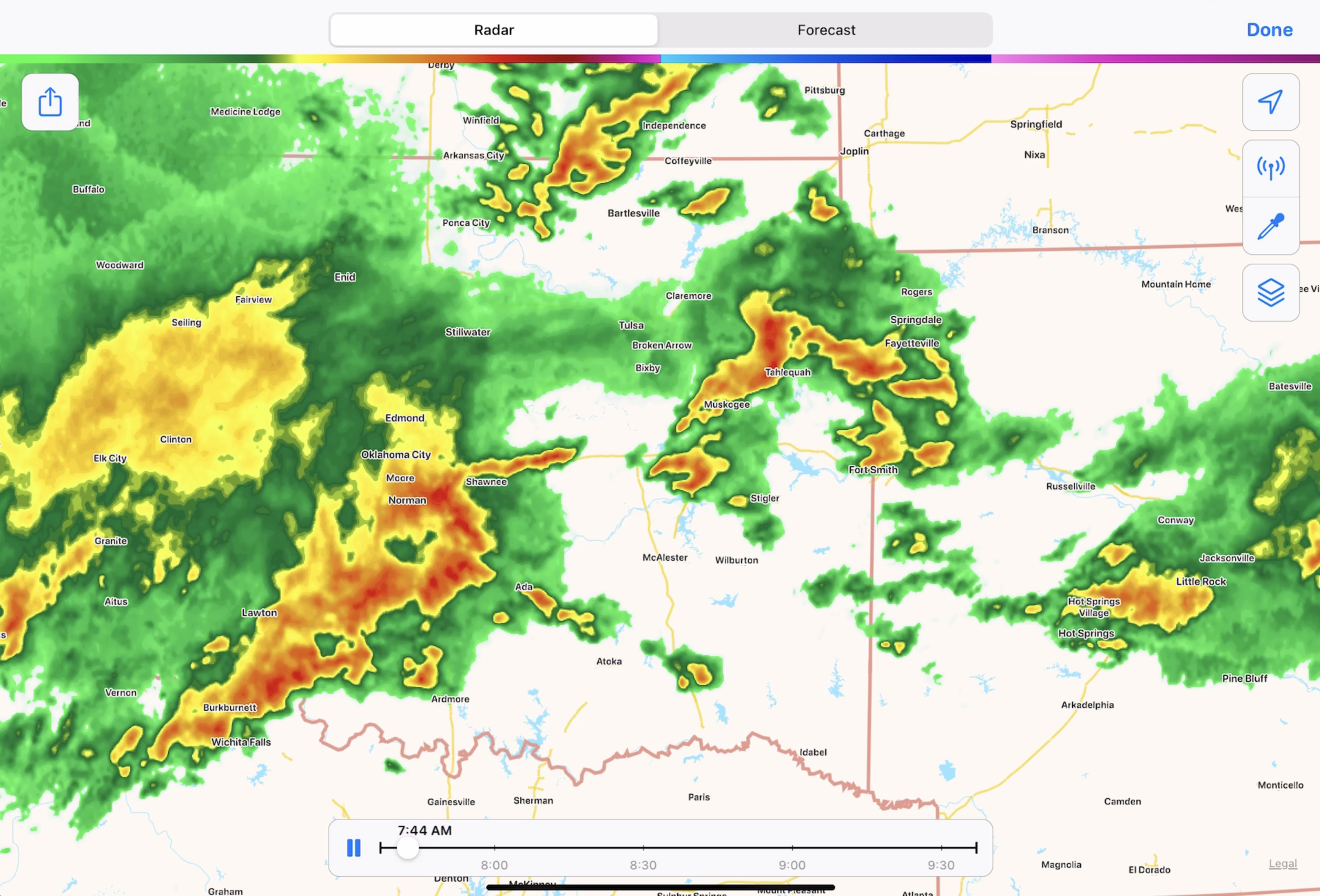Most weather practitioners have a degree in meteorology, atmospheric science, or something similar. Sales, marketing, and even software developers often share that background. However, that’s not how I got into weather app development.
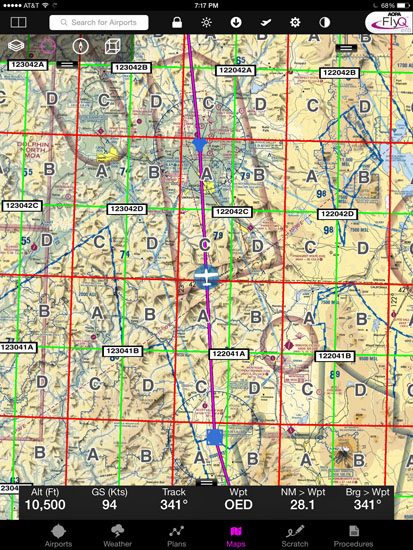
Years ago, my company at the time had a toolkit used for moving map displays. We gave it away for free, which was…. a choice. Perhaps not the best choice, but it’s what we did. We made our money consulting on app development.
We had quite a range of users, but the ones that made the most money at the time were general aviation apps. General aviation is mostly private pilots and smaller planes. They were moving from paper to various ‘Electronic Flight Bag’ apps, a move the commercial folks had made years earlier. This shift paved the way for our entry into weather app development.
Dark Sky and Beyond: Milestones in Weather App Development
Our first introduction to weather display was a requirement for an aviation client. But the first client to use it extensively was a weather app you’ve heard of.
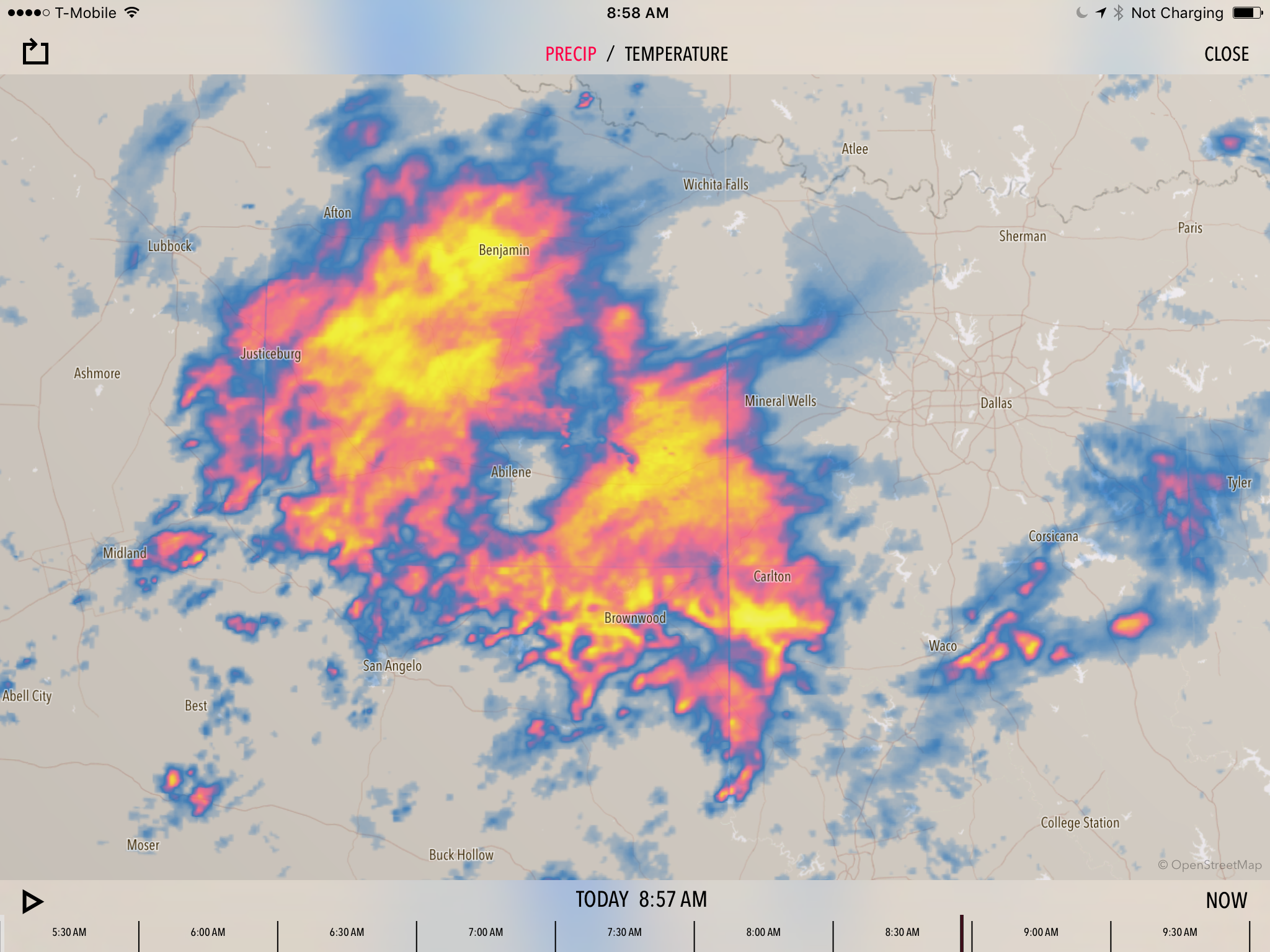
At the time, Dark Sky was the darling of the app store. It was a real, independent weather app with its own processing system, a novel approach to user notifications, and a lot of goodwill. I built the interactive display using the same toolkit we used for aviation.
Dark Sky was bought by Apple years later. I suspect it was for the weather data processing system, though I have no direct knowledge. They left a fairly big hole, which our newer customer, Carrot Weather, filled in part.
Weather was a good space for my little consulting company. We worked with wetter.com, UBIMET, and a version of the UK Met Office apps. The last one was legit, and they were all interesting experiences that enriched our weather app development expertise.
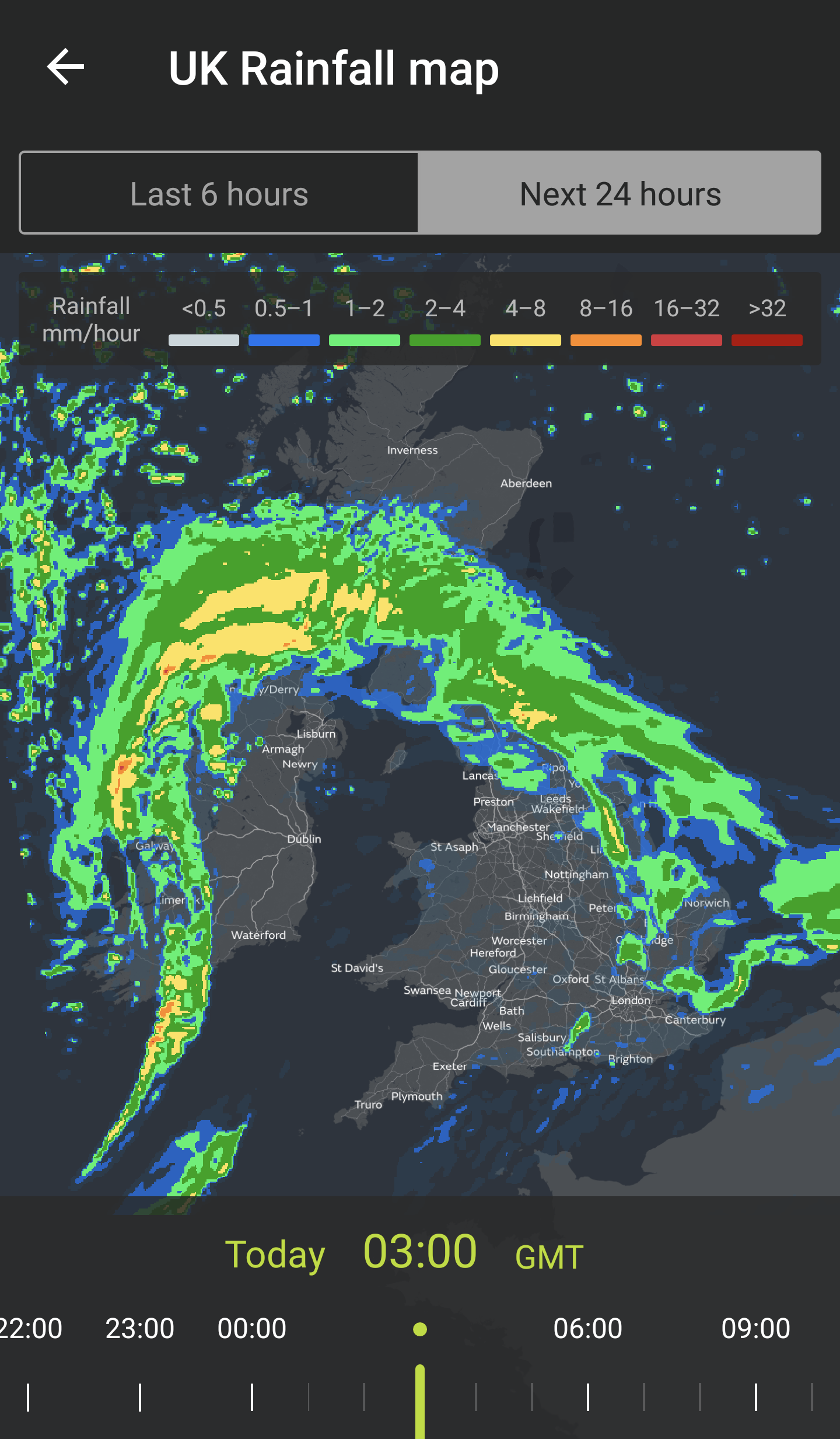
Consulting and Collaboration
More aviation apps followed, along with a few more weather apps you’re unlikely to have heard of. I was having the same conversation each time, trying to tease the right data out of the client. Eventually, I just started building parts of the back end myself. This hands-on experience was crucial in improving our weather app development techniques.
The way most clients processed data could have been better for weather apps. If you do it right, it’s less work for the server and looks much better on the client. The more I dug in, the more I found that weather enterprises aren’t that good at the data processing part of it. Effective data handling is essential for successful weather apps.
Insights
Our experiences working with various weather clients have been instrumental in shaping our approach to weather technology. These collaborations led to the development of our two main products: Boxer for data processing and Terrier for data display on mobile and web platforms.
These tools represent a significant step forward in our mission to improve weather forecasting and visualization. They’re designed to meet the evolving needs of meteorologists, developers, and weather enthusiasts, transforming complex data into useful, accessible information.
As we continue to refine and expand our offerings, we remain committed to advancing weather app development. We look forward to addressing new challenges and opportunities in this field, always with the goal of enhancing how we understand and interact with weather data.
